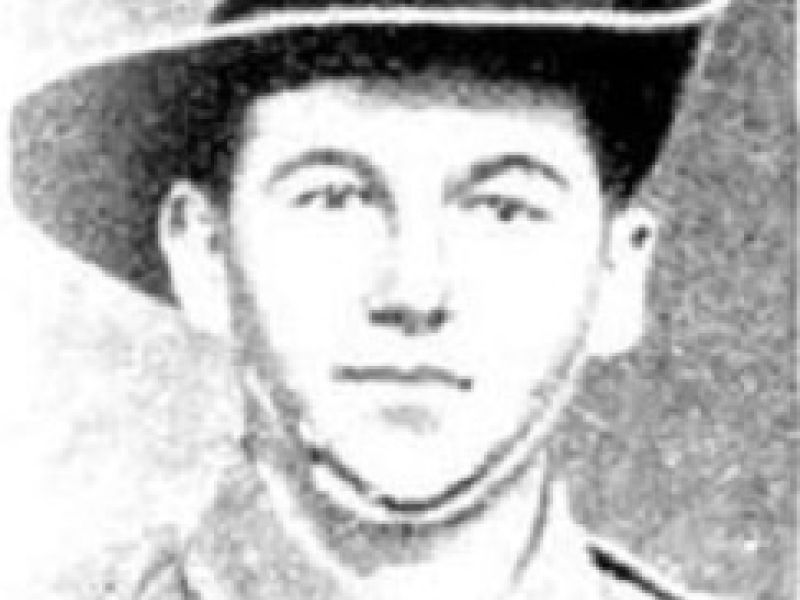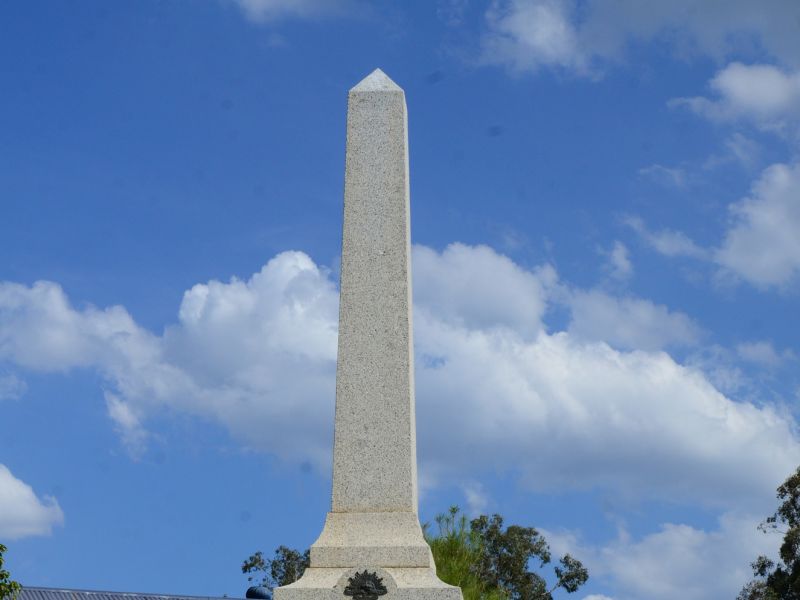William John Henry Bradney
According to his enlistment papers, William was born in 1896 in Khancoban, NSW. He was the second of seven children to William Nelson and Annie Maria (née Harrison) Bradney, although one of his siblings would pass away the year before William was born.
William enlisted on the 13th of March 1916 at Tallangatta, Victoria. At this time his family had moved to Corryong and his father was working as a dairyman on Glencoe Farm at Cudgewa. William stated that his occupation was a station hand. He was allocated the Regimental Number 1716 and placed into D Company of the 37th Battalion, 10th Brigade, 3rd AIF Division. Over 37 men from the Upper Murray would pass through the 37th Battalion.
On the 27th of May 1916 William embarked on HMAT A11 Ascanius. The journey to England would take about 7 weeks and he would disembark at Plymouth, England on the 18th of July. Three weeks later he was transferred from the 1st Reinforcements of the 37th to the actual 37th Battalion. He proceeded to France on the 22nd of November. In early December he was admitted to the 10th Field Ambulance with mumps. Over a two day period he was transferred to the 1st Casualty Clearing Station before finally being admitted to the 7th Australian General Hospital at St Omer in northern France. He rejoined his battalion on Christmas Eve of 1916.
On the 20th of April 1917 he was admitted to the 11th Field Ambulance suffering from severe earache. This time he would remain in hospital for only four days. William was back with his battalion in time for a major offensive in the Flanders region of Belgium. The goal was to capture the Wytschaete-Messines ridge south of the British salient at Ypres. This ridge, occupied by the German forces, had a commanding view of the British positions in the north. The Germans were able to see every move made by the British.
Three army corps, approximately 90,000 men, were allocated to the task. A seven day preliminary bombardment began on the 31st of May. At 0310 hours on the 7th of June, mines containing a million pounds, over 435 tonnes, of ammonal placed in nineteen tunnels which had been dug under and behind the German lines were detonated. It was in the aftermath of this initial onslaught that the 37th Battalion advanced towards the German trenches. D Company of the battalion was in the first wave of the attack. Heavy machine gun fire from the German lines resulted in many casualties in D Company. William was one of those casualties and was wounded by gunshot to the abdomen. Initially taken to the 9th Field Ambulance he was quickly transferred to the 2nd Australian Casualty Clearing Station but died of his wounds on the 8th of June. He was buried in Plot 1, Row S, Grave 4 of the Trois Arbres Cemetery at Sternweck, 17 km south of Ypres.
The casualty list for the 37th Battalion from this action included 67 killed, 331 wounded and 4 missing.
In late March of 1918, William’s parents received a package containing William personal effects. It contained 2 discs, a rosary, religious charms, a kit bag handle, wallet, a religious book, 2 booklets, razor and shaving brush.
William is remembered at the Australian War Memorial Roll of Honour, the Corryong War Memorial, and the Khancoban District Pictorial Honour Board. For his service, he was awarded the British War Medal and the Victory Medal.

 Stephen Learmonth
Stephen Learmonth